Kuiper internet satellites will form a mesh network using optical links.
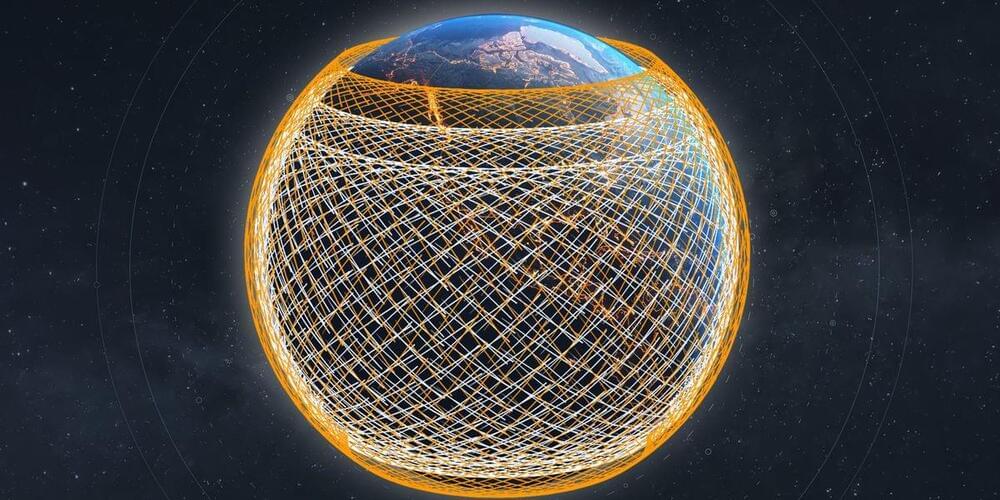

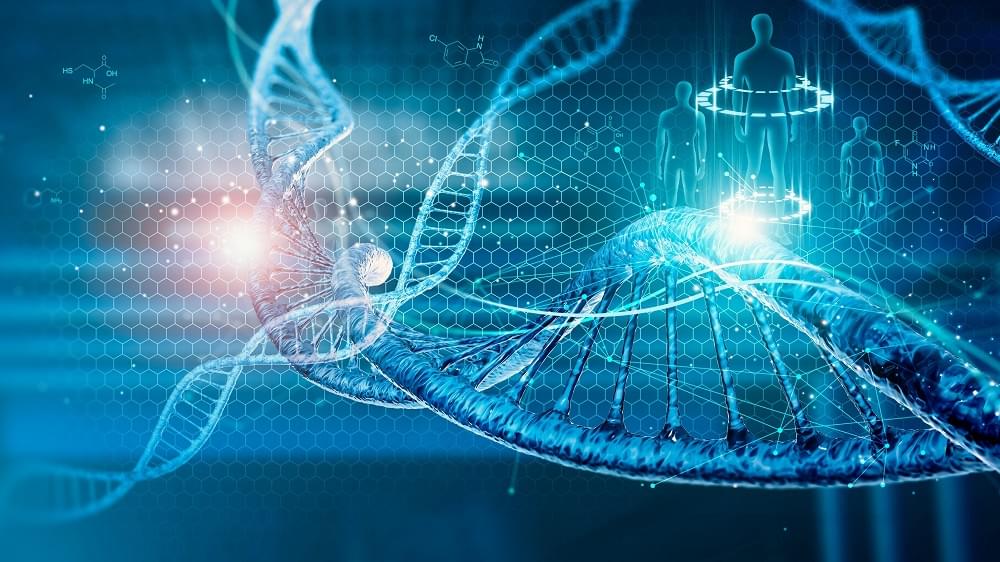
In a new paper, Sinclair and his co-authors outline a theory arguing that epigenetic changes are the underlying cause of aging [1].
It is not every day that one of the most prominent geroscientists presents a new theory of aging. David Sinclair of Harvard, along with two co-authors, Yuancheng Ryan Lu and Xiao Tian, have just published “The Information Theory of Aging” in Nature Aging. This theory was proposed by Sinclair years ago [2], and this new paper is an attempt to summarize it based on the most recent research.
The ability to store and retrieve information is central to life, which relies on the constant reproduction of complex organisms using DNA blueprints. However, on top of that digital genetic code, there is a much messier realm of epigenetics, which regulates how genetic information is translated into proteins.
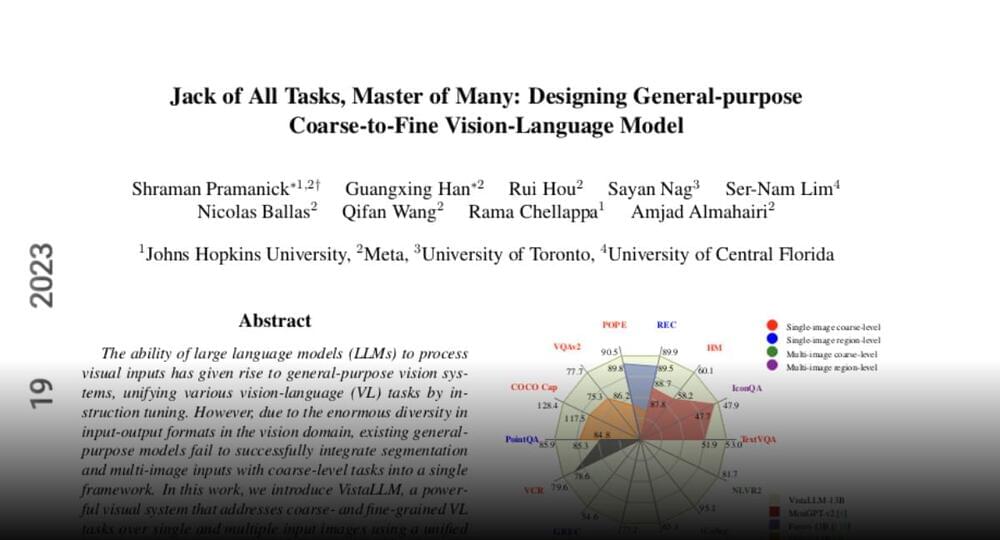

The clip, which made the rounds on social media, showed the 7,000-pound truck with a Christmas tree loaded in its bed helplessly spinning its tires while slowly being towed up the hill by a white Ford truck.
The incident led to plenty of mockery. After all, Tesla CEO Elon Musk made a big deal out of the Cybertruck having “more utility than a truck” during his incredibly awkward delivery event last month.
Even the local Stanislaus National Forest Service, which manages the National Forest where the truck got stuck, took the opportunity to issue a public service announcement, as spotted by the LA Times.
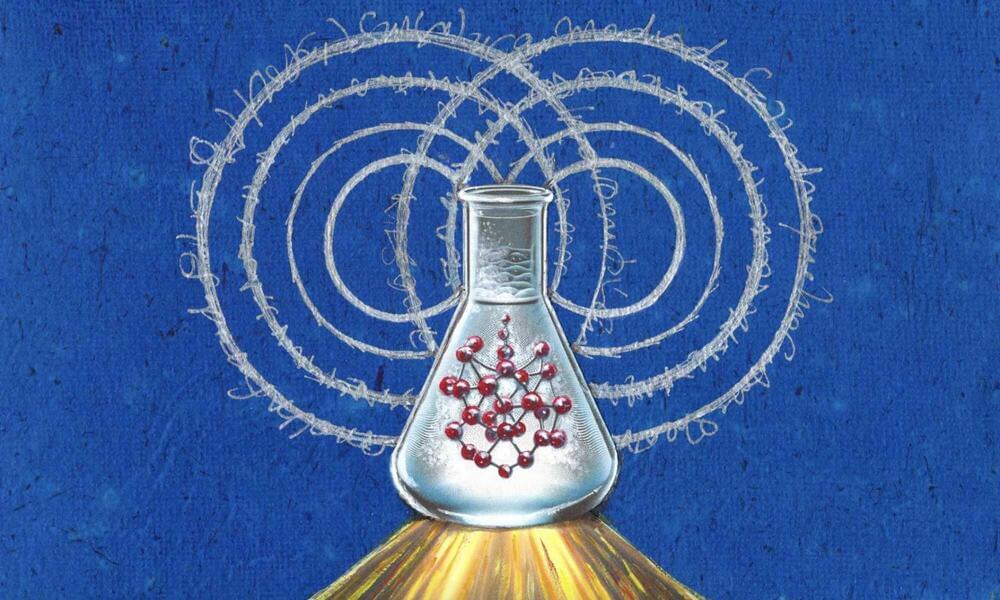
In quantum mechanics, particles can exist in multiple states at the same time, defying the logic of everyday experiences. This property, known as quantum superposition, is the basis for emerging quantum technologies that promise to transform computing, communication, and sensing. But quantum superpositions face a significant challenge: quantum decoherence. During this process, the delicate superposition of quantum states breaks down when interacting with its surrounding environment.
To unlock the power of chemistry to build complex molecular architectures for practical quantum applications, scientists need to understand and control quantum decoherence so that they can design molecules with specific quantum coherence properties. Doing so requires knowing how to rationally modify a molecule’s chemical structure to modulate or mitigate quantum decoherence.
To that end, scientists need to know the “spectral density,” the quantity that summarizes how fast the environment moves and how strongly it interacts with the quantum system.
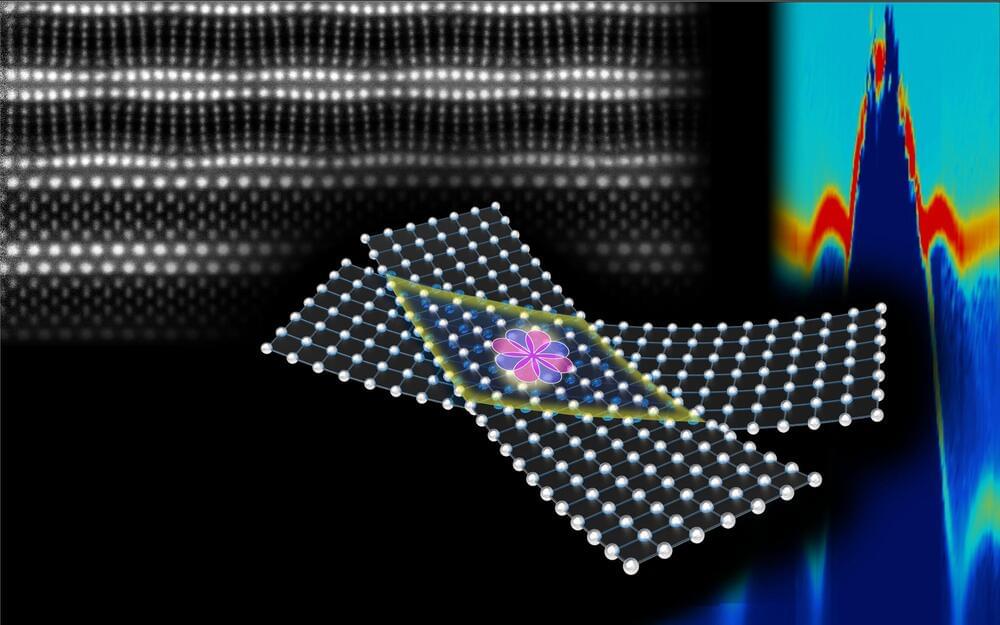
Superconductors have intrigued physicists for decades. But these materials, which allow the perfect, lossless flow of electrons, usually only exhibit this quantum-mechanical peculiarity at temperatures so low—a few degrees above absolute zero—as to render them impractical.
A research team led by Harvard Professor of Physics and Applied Physics Philip Kim has demonstrated a new strategy for making and manipulating a widely studied class of higher-temperature superconductors called cuprates, clearing a path to engineering new, unusual forms of superconductivity in previously unattainable materials.
Using a uniquely low-temperature device fabrication method, Kim and his team report in the journal Science a promising candidate for the world’s first high-temperature, superconducting diode—essentially, a switch that makes current flow in one direction—made out of thin cuprate crystals.
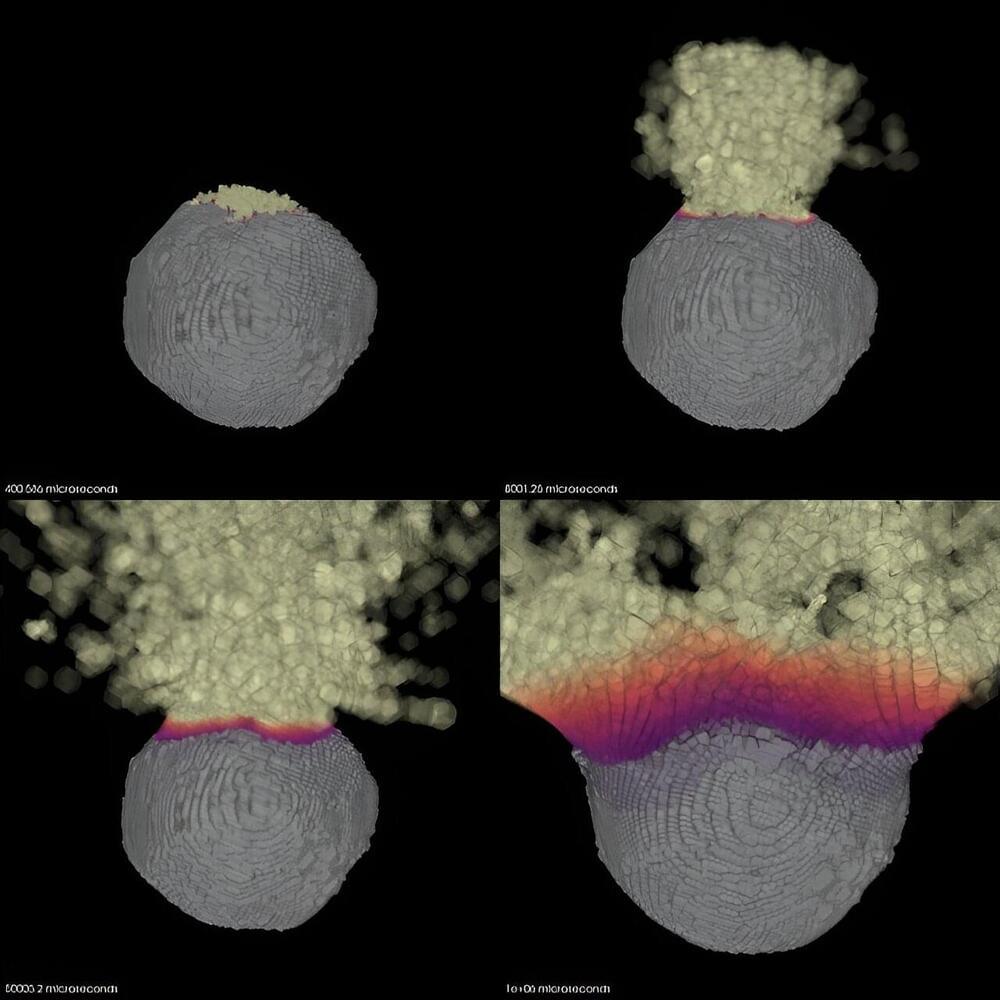
Researchers at Lawrence Livermore National Laboratory (LLNL) have developed a modeling tool for assessing the potential use of a nuclear device to defend the planet against catastrophic asteroid impacts.
The research, published today in the Planetary Science Journal, introduces a novel approach to simulating the energy deposition from a nuclear device on an asteroid’s surface. This new tool improves our understanding of the nuclear deflection’s radiation interactions on the asteroid’s surface while opening the door to new research on the shockwave dynamics affecting the inner asteroid.
This model will allow researchers to build upon the insights gained from NASA’s recent Double Asteroid Redirection Test (DART) mission, where, in Sept. 2022, a kinetic impactor was deliberately crashed into an asteroid to alter its trajectory. However, with limitations in the mass that can be lifted to space, scientists continue to explore nuclear deflection as a viable alternative to kinetic impact missions.
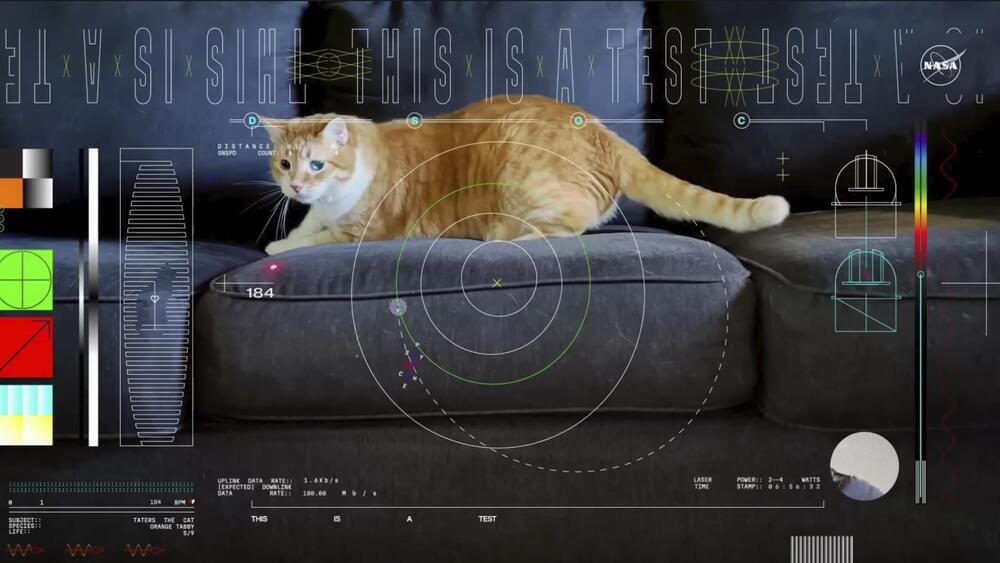
CAPE CANAVERAL, Fla. (AP) — An orange tabby cat named Taters stars in the first video transmitted by laser from deep space, stealing the show as he chases a red laser light.
The 15-second video was beamed to Earth from NASA’s Psyche spacecraft, 19 million miles (30 million kilometers) away. It took less than two minutes for the ultra high-definition video to reach Caltech’s Palomar Observatory, sent at the test system’s maximum rate of 267 megabits per second.
The video was loaded into Psyche’s laser communication experiment before the spacecraft blasted off to a rare metal asteroid in October. The mission team at NASA’s Jet Propulsion Laboratory in Pasadena, California, decided to feature an employee’s 3-year-old playful kitty.
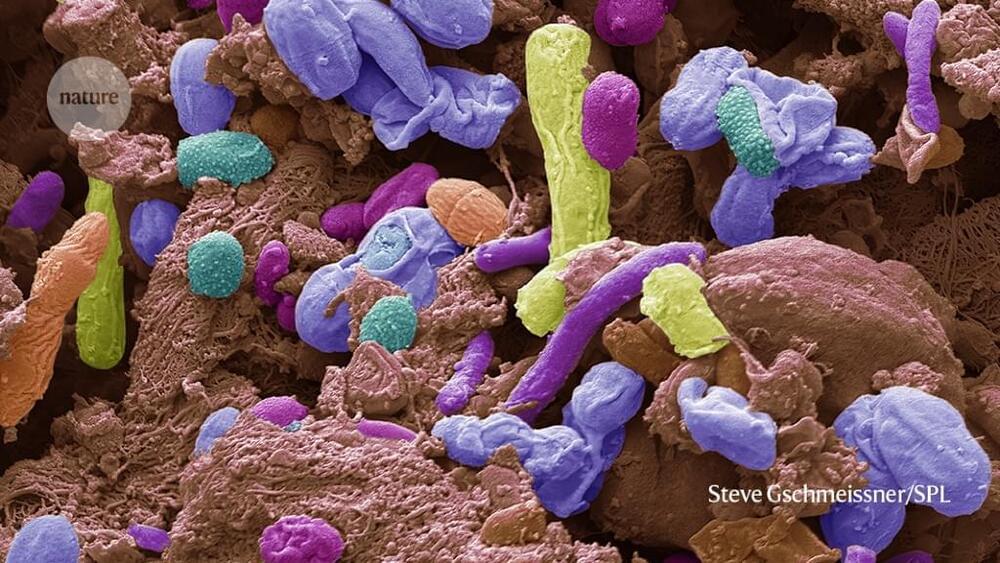
“Even now, quantum systems can serve as scientific tools,” Oliver Dial, IBM Quantum CTO told IE in an interview. Quantum utility might already be here, but will we soon see a company achieve quantum advantage?
But what exactly does that mean?
Oliver Dial, IBM Fellow and CTO, IBM Quantum walked us through some of these updates. In doing so, he highlighted the fact that “even now, quantum systems can serve as scientific tools to explore utility-scale classes of problems in chemistry, physics, and materials beyond brute force classical simulation of quantum mechanics.”